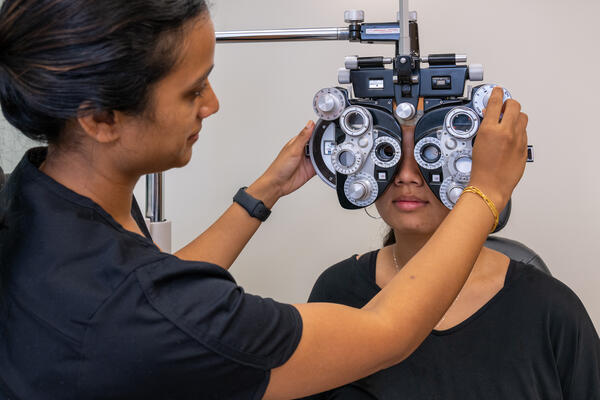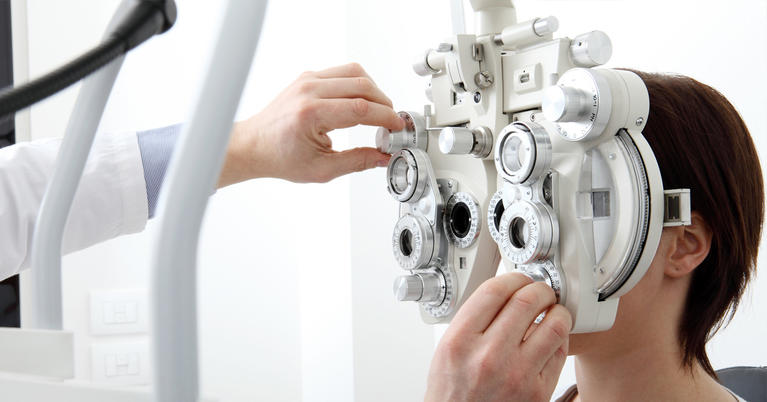The Benefits And Drawbacks of Different Refractive Surgical Treatments for Boosted Eyecare

LASIK Surgical Treatment
LASIK surgical treatment is a generally executed refractive treatment that intends to fix vision problems such as astigmatism, farsightedness, and nearsightedness. This medical technique has actually gotten popularity as a result of its performance in offering people with more clear vision and reducing their dependency on glasses or contact lenses. Throughout the procedure, a slim flap is created on the cornea, and a laser is utilized to improve the underlying cells, remedying the refractive error. The flap is then repositioned, permitting fast healing and minimal pain for the person.
Among the primary advantages of LASIK surgery is the quick improvement in vision experienced by numerous people. Many people notice a substantial improvement in their sight soon after the treatment, with minimal downtime needed for healing. In addition, LASIK is recognized for its high success price and low incidence of problems when performed by proficient specialists. Like any type of medical treatment, LASIK also carries some risks, consisting of dry eyes, glow, halos, and under or overcorrection of vision. It is essential for individuals considering LASIK surgical procedure to go through an extensive examination by an eye care specialist to figure out if they appropriate candidates for the treatment.
PRK Treatment
The PRK treatment, likewise known as Photorefractive Keratectomy, is a kind of refractive surgical treatment that aims to remedy vision concerns similar to LASIK surgical treatment. Unlike LASIK, which involves creating a flap in the cornea, PRK deals with the surface layer of the cornea. During the PRK procedure, the external layer of the cornea, called the epithelium, is gotten rid of to permit reshaping of the underlying corneal tissue with an excimer laser. This improving helps to deal with refractive errors such as astigmatism, farsightedness, and nearsightedness.
One of the benefits of PRK over LASIK is that it gets rid of the risk of flap-related difficulties given that no flap is produced throughout the surgical procedure. Despite the longer healing duration, PRK can be a suitable option for individuals looking for vision improvement surgery.
SMILE Surgical Treatment
A sophisticated refractive surgery strategy gaining appeal in the field of ophthalmology is SMILE Surgical treatment. Little Incision Lenticule Extraction (SMILE) is a minimally invasive treatment that fixes vision by improving the cornea making use of a femtosecond laser. Unlike standard LASIK surgery, SMILE Surgical procedure entails developing a small laceration in the cornea to remove a lenticule, which results in much less disturbance why not look here to the corneal framework and potentially faster healing times.
Among the main benefits of SMILE Surgery is its capacity to treat nearsightedness (nearsightedness) and astigmatism with high accuracy, bring about outstanding visual results for people. The minimally invasive nature of the treatment also decreases the risk of problems such as completely dry eye syndrome, making it a positive choice for individuals looking for refractive surgery.

LASEK Method
Having explored the benefits and factors to consider of SMILE Surgery, one more notable refractive surgical treatment strategy worth examining is the LASEK Technique. LASEK, which represents Laser-Assisted Subepithelial Keratectomy, is a kind of laser eye surgical procedure that aims to deal with refractive errors such as myopia (nearsightedness), hyperopia (farsightedness), and astigmatism.
Unlike LASIK, LASEK does not entail developing a corneal flap. Instead, throughout a LASEK procedure, the doctor makes use of a watered down alcohol remedy to loosen the thin outer layer of the cornea, understood as the epithelium.
Among the main benefits of LASEK is that it can be suitable for individuals with slim corneas that may not be great prospects for LASIK. In addition, Going Here LASEK generally causes marginal post-operative discomfort and a quicker recuperation time contrasted to PRK. The visual recovery process with LASEK may be a little longer than with LASIK.
Implantable Get In Touch With Lenses
Implantable Get in touch with Lenses offer a long-term vision adjustment option for individuals looking for an option to standard call lenses or glasses. These lenses, likewise understood as phakic intraocular lenses, are operatively inserted into the eye to fix refractive errors such as myopia (nearsightedness), hyperopia (farsightedness), and astigmatism. cardiologist andalusia. Unlike standard call lenses that rest on the surface area of the eye, implantable call lenses work within the eye itself, offering clear vision without the requirement for daily maintenance or elimination
Among the crucial advantages of implantable contact lenses is their permanence. When put, they can remain in the eye indefinitely, using regular and stable vision modification. Additionally, these lenses can be an outstanding option for individuals that are not good prospects for laser eye surgical procedure or who favor a reversible vision modification treatment.
Nevertheless, implantable call lenses do bring some threats, including the capacity for cataracts or raised eye pressure. It is vital for individuals considering this alternative to seek advice from an eye care professional to determine if implantable get in touch with lenses are the appropriate choice for their particular demands and eye health and wellness.
Final Thought
In final thought, each type of refractive surgical treatment has its own benefits and negative aspects. LASIK surgical procedure is popular for its fast healing time, while PRK treatment might be ideal for people with thin corneas.

Generally, SMILE Surgical procedure presents an appealing alternative for people looking to boost their vision with refractive surgical procedure.